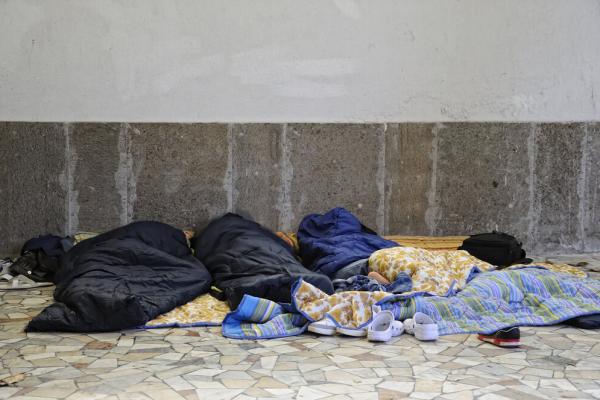Jul 3, 2019
The Alliance, a nonprofit advocacy group promoting programs to eliminate homelessness, found that among homeless adults who identify with the gender they had at birth, 48 percent do not have any type of shelter. That compares with 56 percent of homeless transgender adults who had no place to sleep or live. The largest percentage of shelterless, homeless adults based on gender were nonbinary or genderqueer — identifying with neither of the two main genders.
Read the Full Article

Already a subscriber? Login
